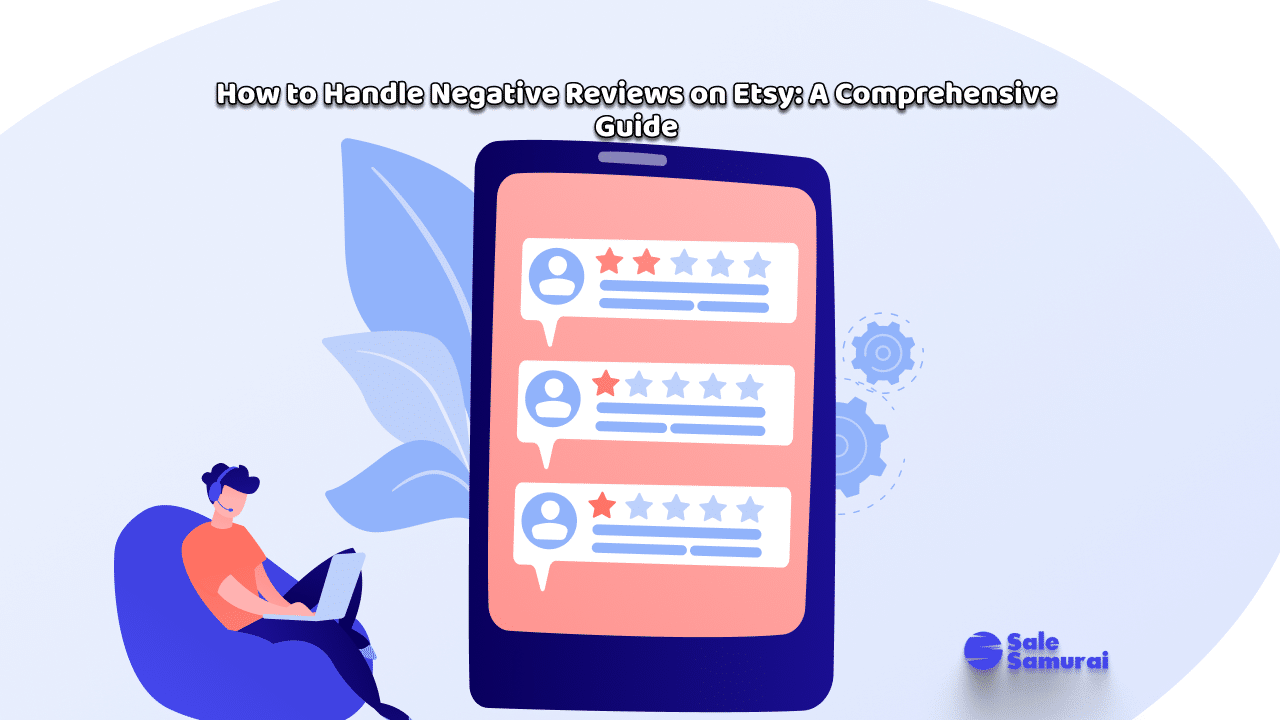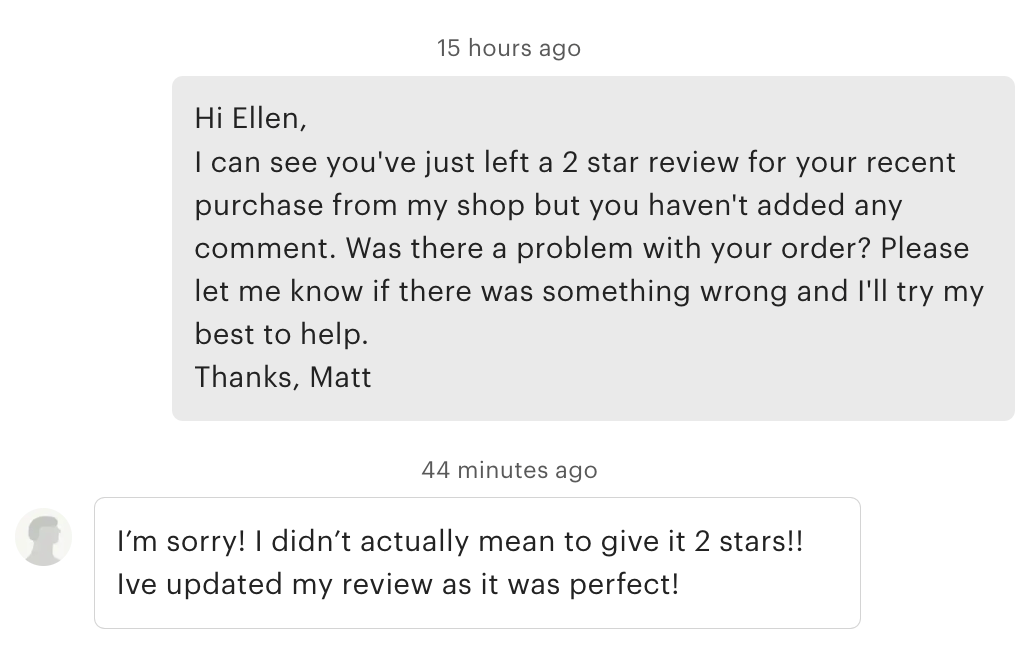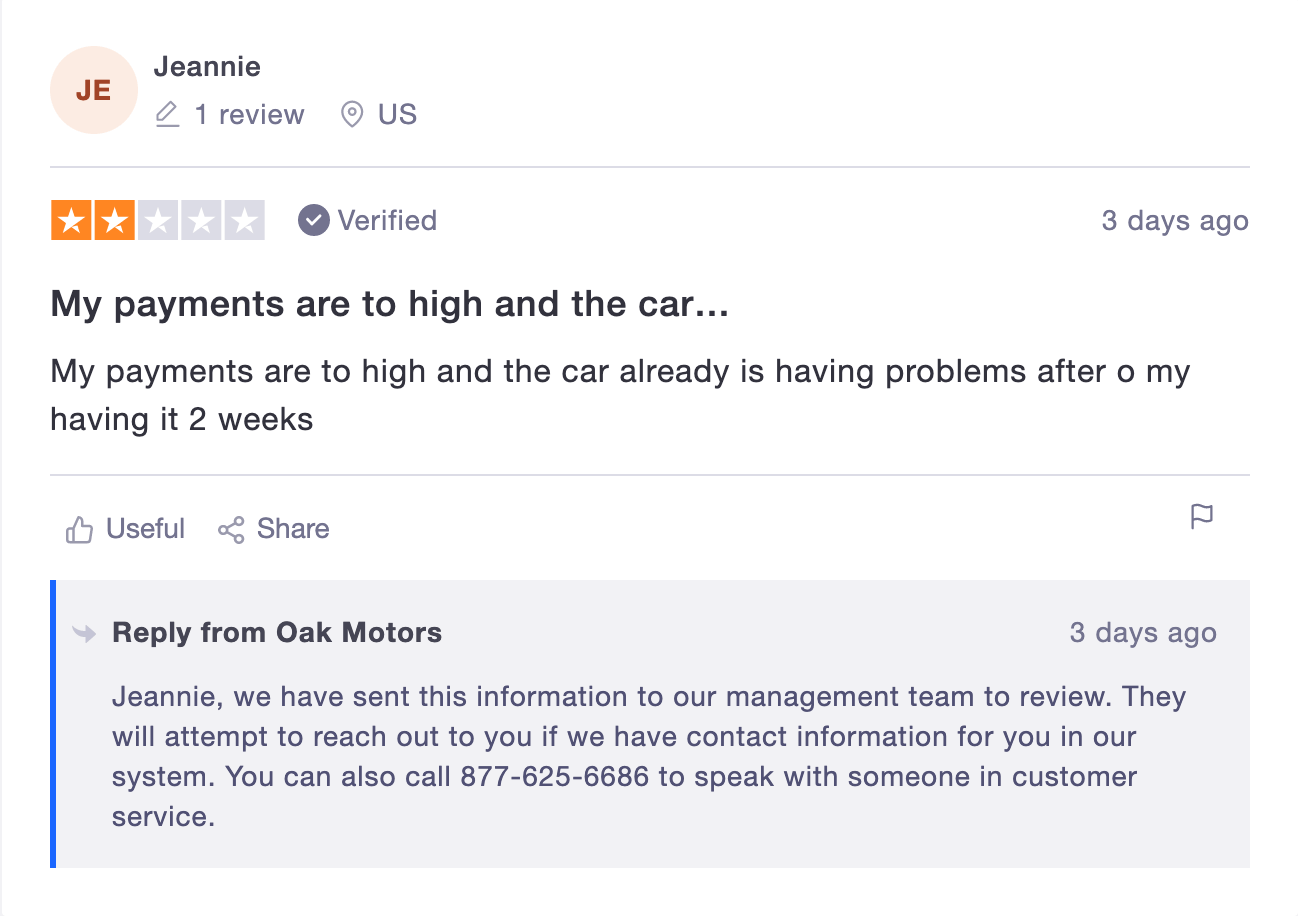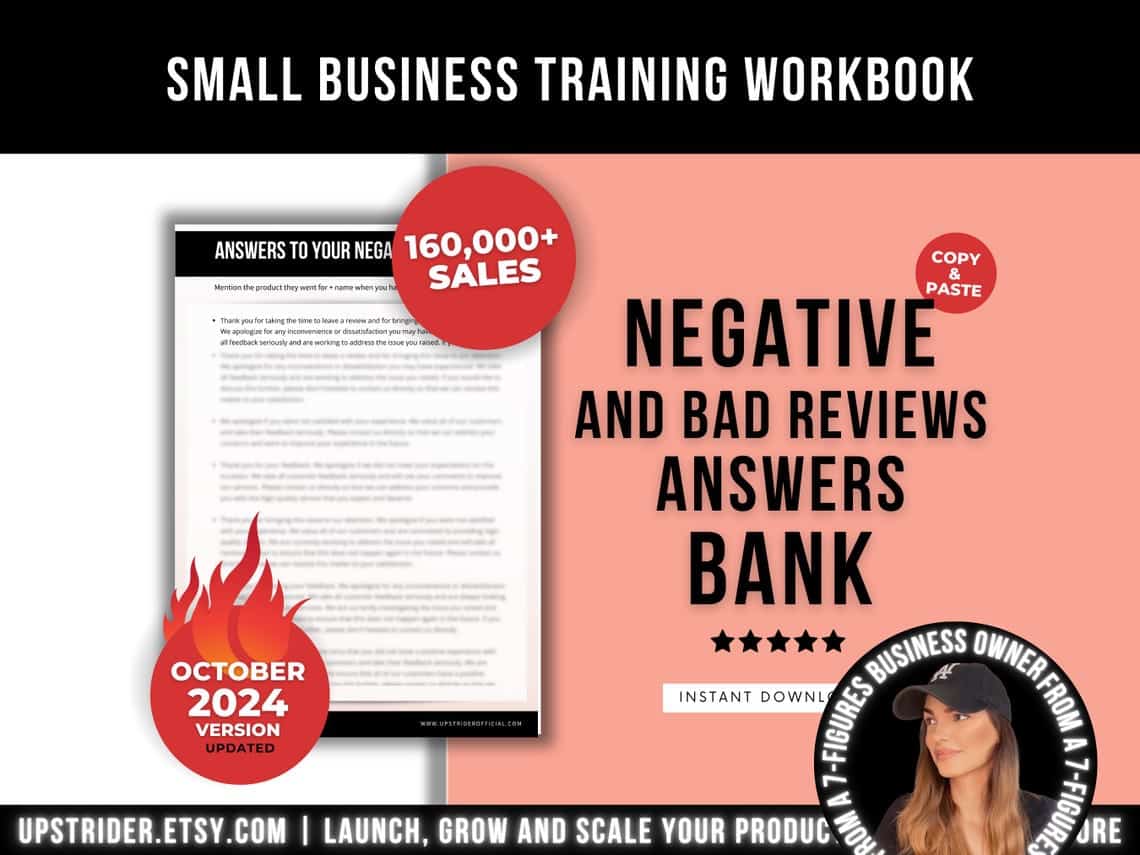
Negative reviews can feel like a punch to the gut for any Etsy shop owner. You’ve poured your time, energy, and creativity into your business, only to see a disgruntled customer leave a scathing comment. However, rather than seeing these reviews as failures, they can be viewed as learning opportunities or, even better, chances to win back customers and improve your business.
In this article, we’ll cover how to respond to negative reviews on Etsy and turn them into opportunities. We’ll also walk through strategies you can implement to manage these reviews and showcase your professionalism. Let’s dive in and explore what you can do when a negative review comes your way.
Step 1: Pause and Take a Breath
The first step when receiving a negative review is to take a moment to pause. It’s natural to feel emotional when someone criticizes your work, but it’s important to keep emotions in check. Responding in haste could make matters worse, so give yourself time to cool down before taking any action.
It’s essential not to respond immediately. Instead, take some time to step back, let the initial sting fade, and assess the review objectively. While it’s tempting to jump in and defend yourself, staying calm will help you address the issue more effectively.
Step 2: Assess the Review and Look for Patterns
Once you’re in the right frame of mind, read the review carefully. Look for patterns in the feedback—do multiple customers mention similar issues? If so, this could be a sign that something in your business needs adjustment. Even if the review feels unfair, it might highlight a problem you haven’t noticed.
For example, a customer might leave a negative review because they didn’t receive their product on time. While you can’t control shipping delays, the feedback might suggest that you need to update your estimated delivery times or improve your communication about potential delays.
Even if a review doesn’t violate Etsy’s policies, it’s still valuable to treat it as a learning opportunity. Think of negative feedback as constructive criticism that can help you improve your shop’s operations or customer service.

Step 3: Privately Contact the Customer
Before responding publicly, reach out to the customer privately through Etsy Messages. By doing this, you can resolve any misunderstandings or issues directly without making the interaction visible to future shoppers.
When contacting a customer, maintain a friendly and professional tone. Apologize for any inconvenience they’ve experienced and ask for more details to better understand the situation. Be sure to ask for pictures or clarification on the issue. For example, if the product arrived damaged, request a picture of the damaged item.
Here’s an example of what a private message could look like:
“Hello [Customer Name],
I’m so sorry to hear that you’re unhappy with your purchase. I’d love to understand what went wrong so that I can make it right. Could you please send me a picture of the issue, or let me know what didn’t meet your expectations? I’m happy to work with you to find a solution and ensure you’re satisfied. Thank you for bringing this to my attention!”
By reaching out privately, you not only demonstrate your willingness to help but also show the customer that their satisfaction is important to you. This approach may even prompt the customer to update their review.
Step 4: Offer a Solution
Once you’ve heard from the customer, offer a solution that directly addresses their concerns. If the product arrived damaged, consider sending a replacement or offering a partial refund. If there was a misunderstanding about the item’s description, clarify the details and see if there’s a way to resolve the issue.
Offering solutions is key to turning an unhappy customer into a satisfied one. Even if the situation was beyond your control—such as delayed shipping due to external factors—acknowledging the issue and offering a reasonable solution can often soften the customer’s stance.
For example, if a customer complains about delayed shipping, you might say:
“Thank you for your patience, and I completely understand your frustration regarding the shipping delay. While I cannot control the carrier’s timelines, I can offer you a discount on your next purchase or a partial refund as a gesture of goodwill. I want to ensure you’re happy with your experience, and I truly appreciate your business.”

Step 5: Decide Whether to Respond Publicly
If you’ve attempted to resolve the issue privately but haven’t been able to change the customer’s mind, you might consider leaving a public response to their review. Public responses are visible to future shoppers, so it’s important to keep your reply professional and courteous. Remember, you’re not just responding to the reviewer—you’re also showing potential customers how you handle problems.
Keep your public responses short, focused, and positive. Avoid being defensive or emotional, and don’t include any personal information about the customer. A professional, solution-oriented response can show future shoppers that you’re a responsible and caring seller, even if the review remains negative.
For example:
“Thank you for your feedback, [Customer Name]. I’m sorry to hear that your experience didn’t meet expectations. We take great care in ensuring our products are of the highest quality and have reached out to you privately to resolve this matter. Please don’t hesitate to contact me with any further concerns.”
Once you respond publicly, the customer will no longer be able to edit their review, so only do this if you’re certain that the situation cannot be resolved privately.
Step 6: Use Negative Reviews to Improve Your Shop
Negative reviews can offer valuable insights into areas where your business might need improvement. Whether it’s enhancing communication with customers, updating product descriptions, or adjusting shipping policies, take the feedback as an opportunity to grow. Even the most successful Etsy shops occasionally receive negative reviews, but it’s how you respond that matters most.
It’s important to continuously improve. Sometimes, negative reviews reveal issues you hadn’t considered—such as unclear product descriptions or missing details in your FAQs. By updating these elements based on customer feedback, you can prevent similar issues from occurring in the future.
Additionally, monitoring patterns in customer feedback will allow you to identify recurring problems before they impact your overall shop rating.
Step 7: Handling the “Unwinnable” Negative Review
Sometimes, despite your best efforts, there are customers who will refuse to change their negative review. In these cases, it’s important to let go and move on. As YouTube Transcript #1 mentions, not every customer will be satisfied, and it’s crucial to accept that some people will leave negative reviews no matter what.
Having a few negative reviews won’t destroy your shop’s reputation. In fact, they can add a level of authenticity to your store—no business is perfect, and buyers know that. As long as the majority of your reviews are positive and you handle negative ones with grace, potential customers will still feel confident purchasing from you.
Bonus Tip: Pre-Packaged Responses to Negative Reviews
Responding to negative reviews can be time-consuming and emotionally draining. If you’re struggling with finding the right words, there are Etsy shop owners who offer pre-packaged responses to common review issues. These templates can help you quickly craft professional responses that show your commitment to excellent customer service.

One such resource is the Ultimate Negative Reviews Responses package, which provides a variety of responses you can tailor to your specific situation. This can be a great time-saver and ensure that your responses remain polished and professional.
Conclusion
Negative reviews are an inevitable part of running an Etsy shop, but they don’t have to spell disaster. By staying calm, communicating with customers, offering solutions, and learning from feedback, you can turn negative experiences into positive ones. Remember, the key to success is not avoiding negative reviews, but handling them in a way that reflects well on your shop and demonstrates your commitment to great customer service.
Consider using resources like the pre-packaged responses for handling bad reviews to streamline the process and ensure that you’re always putting your best foot forward. Ultimately, every review—positive or negative—is a chance to improve, grow, and show future customers that you’re a seller they can trust.





